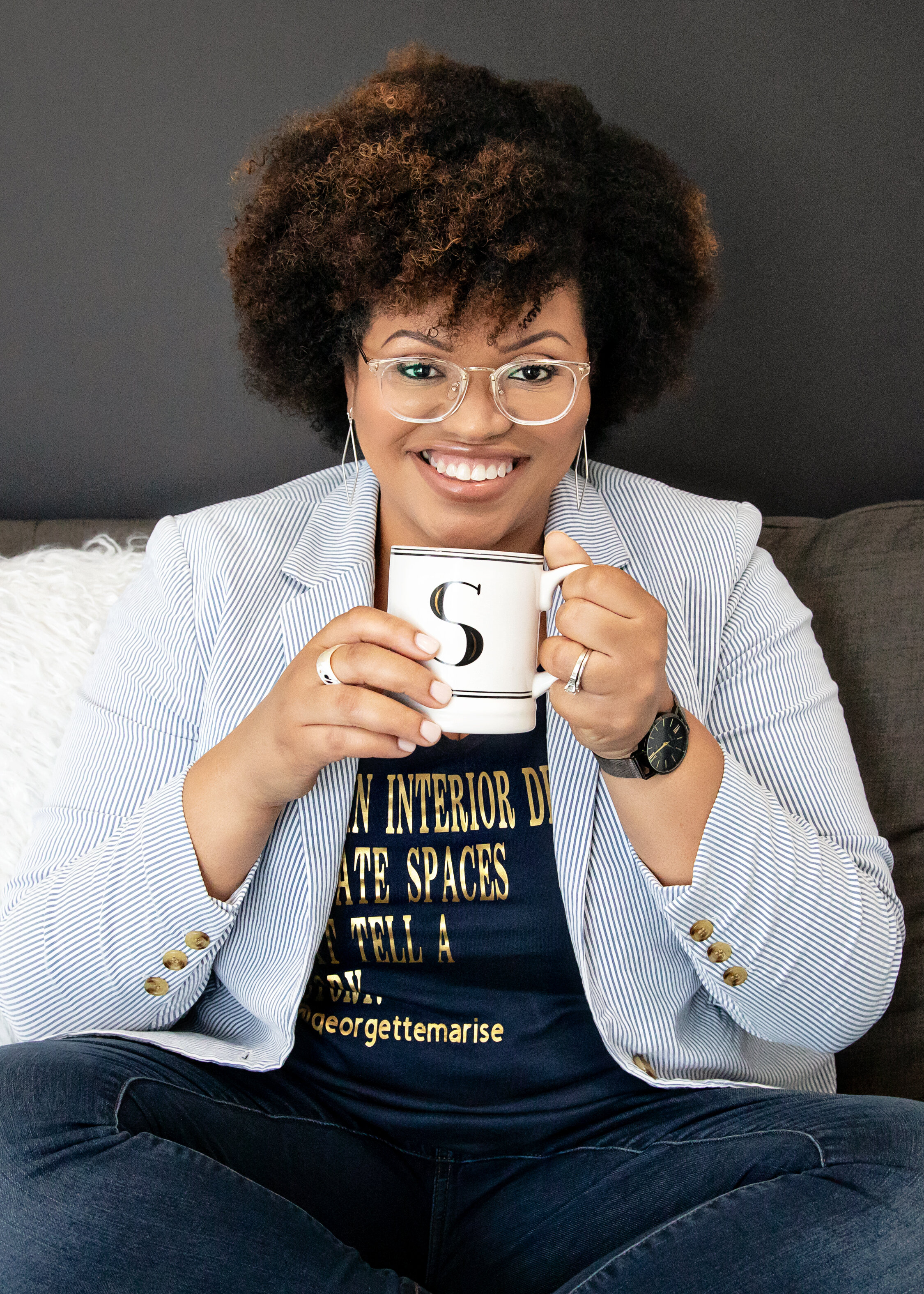Incorporating Culture Into Your Home
/There is a beautiful movement happening right now. HillmanTok has ignited a collective desire among people of color to reconnect with Black history in art and design. Whether it’s appreciating art from Black countries across the world or proudly incorporating Black influence into design, the narrative is shifting. Unfortunately, this hasn’t always been the case. Now, we're embracing our stories in new ways—through our homes, our art, and the personal touches we bring to our spaces.
For me, incorporating my culture into my home is deeply personal. It’s not just about decorating—it’s about storytelling, honoring my heritage, and creating a space that speaks to my family's history and values. My gallery wall in our dining room is one of my most intentional design choices, each piece carefully selected to reflect our history, our faith, and our love for one another.
The Story Behind My Gallery Wall
When I envisioned my gallery wall, I knew I wanted a muted, monochromatic palette with neutral hues, but more importantly, I wanted it to reflect my roots. I started with the largest piece—a framed printed fabric from Mali. While it’s the least personal piece in my collection, I loved the aesthetic of it. I love the soft, hand-brushed geometric lines on the linen-textured fabric. Its presence anchors the entire wall, much like the foundation of my cultural heritage.
gallery wall in Dining Room
Next, I wanted to incorporate pieces from my late mother’s wall decor collection. My mother was a devoted Christian and always had one particular framed scripture hung on our wall growing up. Acts 4:12, has traveled with us from home to home—from New York to Boston to New Jersey. When she passed, I inherited it. The simple faded off-white print, framed in a worn red-tone stained wooden frame, holds profound sentimental value. I never truly appreciated it as I do now—it’s a reminder of my mother’s unwavering faith and presence in my life.
But this gallery wall isn’t just about my past—it’s about my entire family. My husband’s contribution comes in the form of a black-and-white silhouette of an old oak tree, reminiscent of the trees near his grandparents’ home. And for my children, I wanted to include something uniquely theirs. My daughter loves creating digital art, so I had her trace and sketch my grandparents’ farmhouse in Haiti on her iPad. I printed it in black and white and placed it in a warm wooden frame. Now, it’s a treasured part of our home.
Le Neg Marron (in Haitian Creole, Nèg Mawon) Photo taken during our travels to The Ogier-Fombrun Museum
One of the most powerful pieces on this wall is a silhouette of Le Neg Marron (in Haitian Creole, Nèg Mawon), a bronze statue of a runaway slave, shackles broken, machete in hand. This powerful symbol represents Haiti’s strength and resilience. In 1804, enslaved Haitians defeated Napoleon’s army, making Haiti the first and only nation founded by a successful slave revolution. At the time, 70% of the enslaved population had been born as free men and women in Africa. The world feared Haiti’s victory, and as a result, it was politically marginalized for centuries. Nèg Mawon stands as a beacon of that struggle—defiant, unafraid, blowing a conch to call others to freedom.
Above Nèg Mawon, I placed an old-world map of the Caribbean. Maybe it’s because both of my parents were born in the Caribbean, or maybe it’s my love for its rhythmic beats, vibrant cultures, and mouth-watering food—but the Caribbean holds a special place in my heart. I’ve visited many islands—Haiti, Barbados, The Bahamas, Puerto Rico, St. Croix—and I’m still not done exploring. I intentionally selected a map of the Caribbean before Haiti and the Dominican Republic became separate nations, showing the island of Hispaniola as a whole.
Designing a Space That Reflects You
Your culture and heritage can be expressed in so many ways, and it may look different for everyone. Maybe it's a gallery wall filled with meaningful pieces, a collection of photos from your travels, or souvenirs displayed specially. It could be a beautifully woven tapestry turned into artwork, an heirloom rug passed down through generations, or a personal library showcasing books that have shaped your worldview. Perhaps it's a specific color palette that evokes nostalgia, accent pillows with diverse prints and textures, or even a themed room that tells a unique story. The beauty of design is that it allows us to celebrate our identity in a deeply personal way.
A well-designed space is more than just aesthetically pleasing—it should evoke emotion, create comfort, and spark conversation.
Your home should tell your story. Every piece should reflect who you are, what you value, and the legacy you want to honor. A well-designed space is more than just aesthetically pleasing—it should evoke emotion, create comfort, and spark conversation.
If you’ve ever wanted to incorporate your heritage, faith, or personal history into your home design but weren’t sure where to start, I have a solution for you.
Join the waitlist for my Virtual Design Group Workshop—an intimate 6-week transformative experience with 3 guided virtual sessions where I work closely with a select group to help them bring personality and cultural depth into their homes. In this workshop, I'll guide you on placement, balance, and how to seamlessly blend your heritage into your design. Spaces are limited, so secure your spot today!




























